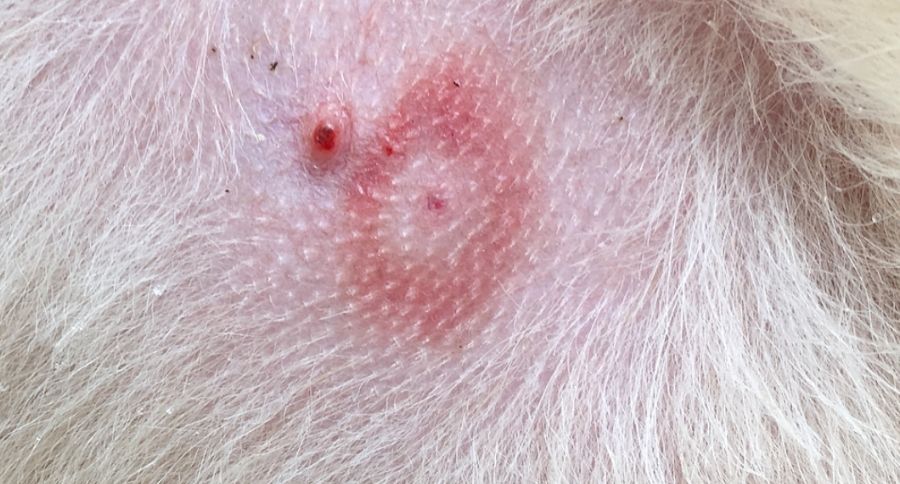Lyme Disease In Dogs: What You Need To Know About

Lyme disease, also known as borreliosis causes the infection that is transmitted to a dog when it is bitten by a certain species of tick. At least 4 known tick species can transmit Lyme disease; however, the vast majority of Lyme disease infections are due to the bite of a very tiny tick usually called a deer tick, or a black-legged tick. When the tick gets into a dog’s bloodstream, the bacteria then travel to different parts of the body and cause problems in specific organs or locations, such as joints, as well as overall illness.
Symptoms:
Lyme disease can cause:
- Sensitivity to touch
- Difficulty breathing
- Damage to the kidneys
- Fever
- Depression
- Enlarged lymph nodes1
- Lack of appetite
Is there a vaccine available for Lyme disease?
There are a number of vaccines available. Not all dogs need to be vaccinated, and your veterinarian would be the best person to advise you about vaccinating your dog for Lyme disease.
Treatment:
Medical signs of Lyme disease are treated with antibiotics and symptoms can mostly be healed within 3 days of diagnosis. A tetracycline antibiotic called doxycycline is the most common antibiotic used to treat Lyme disease. It is often preferred over other more useful antibiotics because it is thought to be better suited to the treatment of additional bacteria that may have co-infected the pet.
Prevention:
The best way to protect dogs from Lyme disease is to use tick-preventive products year-round. Several safe and effective commercial parasiticides are available for tick control on dogs and cats. Many preventive methods include reducing exposure to ticks and keeping aware or helping clients remain informed about the risk of Lyme disease and other tick-borne diseases in local areas. Reducing exposure to ticks can entail avoiding areas with ticks; however, since B, doing so is not always practical or feasible. Infected ticks are mostly found in residential, recreational and cosmopolitan areas. Reducing tick exposure on personal property can be achieved through maximizing sunlight exposure, minimizing presence of wildlife, and installing barriers between lawns and neighboring brushy/forested areas.



